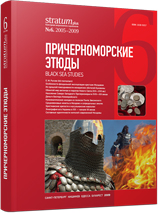
Общественный быт и нравы русских горожан Бессарабии в ХIХ в.
Social Life and Habits of the Russian Urban Inhabitants of Bessarabia in 19th c.
More...We kindly inform you that, as long as the subject affiliation of our 300.000+ articles is in progress, you might get unsufficient or no results on your third level or second level search. In this case, please broaden your search criteria.

Social Life and Habits of the Russian Urban Inhabitants of Bessarabia in 19th c.
More...
Based on oral narrative in J. Novitsky’s stories, the author studies the concept of sin with Ukrainian peasants of steppe Ukraine in 19th century. J. Novitsky collected his materials during expeditions and travels to steppe Ukraine localities in late 19th – early 20th century; they are a remarkable basis for studies in ethnology, folklore, cultural anthropology. The author studies legends and stories, most of which have religious plots.
More...
Play is an occupation that requires thinking, an activity promoting the child’s physical and mental development. It educates children for community life. It is a manifestation of amusement, creativity and mimicry skills for the different age groups. It helps children to learn the rules of social life. The child’s independent life was realized in play; this was its own world independent of adults (KRESZ 1942: 45). However, the society of children was not uniform.
More...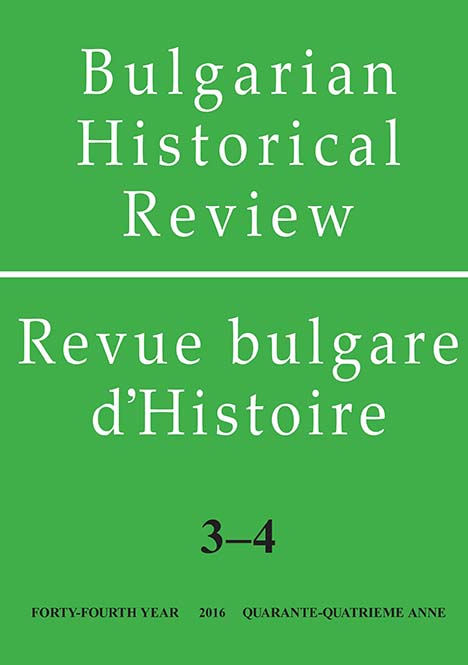
The aim of the present study is to clarify the main concepts on the essence and implementation of the policy on children in the legislation of post-Liberation Bulgaria. The debates accompanying the preparation, discussion and adoption of the laws in Bulgaria after 1878 concerning the recognition of illegitimate children, their legalization and adoption, their guardianship and inheritance law are examined. Their analysis makes it possible to establish the clear striving of legislators to form a policy concept aimed at protecting children, covering a larger circle of children in the country. This circumstance is an eloquent testimony of the then lawmakers’ vision of the significance of this type of policy and of its role in the realization of the future development of Bulgaria.
More...
Literary evolution in Hungary and Poland has had very much in common since the very beginning up to the present, but the division into epochs within each national literature has always been considerably different. Political changes played an important part in distinguishing various epochs of Hungarian literary history in the scholarship. Certain scholars combine the historical periods with literary movements or with spiritual movements. In Polish and Slovenian periodization literary movements dominate. The term Enlightenment and Positivism are also current. The latter corresponds to Realism and Naturalism in Hungarian and Slovenian criticism. The period between 1918-1939 does not have a common name in Hungary and Poland, whereas it is referred to as Expressionism and Social Realism in Slovenia. The comparative periodization of literatures in East-Central Europe can make literary scholars’ views more exact in cases when opinions differ in stating time limits for different periods. Such a comparison may contribute to a more thorough understanding of the “phase delays” that may have occured between these literatures.
More...
The article is a collection of thoughts and ideas of the most prominent educational thinkers of the period concerned. The aim of the text is to introduce the reader to the most important objectives of education through work and educational demands related to work.
More...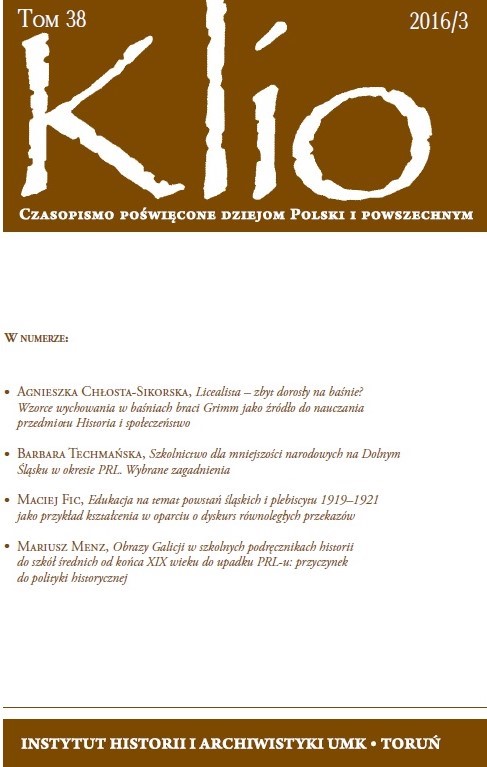
The article shows how authors of school textbooks on history presented Galicia. The author indicates that the ways of presenting the former Habsburg province resulted from historical policy dominant in a given period of time. Therefore, textbooks created in Galicia before 1918 reflected the point of view of conservative formation „stańczycy” and accentuated loyalty to the Habsburgs. During the Second Republic of Poland (after 1926 years) Galicia was presented as a Polish „Piemont”, which was the result of historical policy introduced by a political formation called „sanacja”. After the Second World War, Galicia was presented according to Marxist ideology in turn and assumptions reflecting the historical policy of the communist state.
More...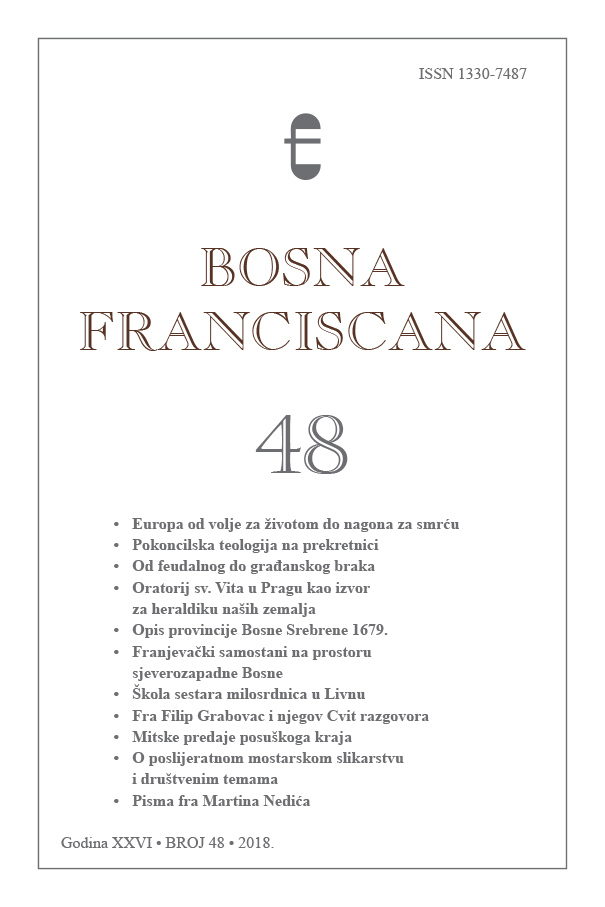
Osnovna škola sestara milosrdnica u Livnu sedam je desetljeća (1874-1944) djelovala u različitim okolnostima (društvenim, političkim i kulturnim). Svjedočila o smjenama različitih vlasti: počela u Otomanskom Carstvu, nastavila u Austro-Ugarskoj Monarhiji, Kraljevini Srba, Hrvata i Slovenaca, pa u Kraljevini Jugoslaviji. Ispratila je i Primorsku Banovinu i Hrvatsku Banovinu, te naposljetku završila slomom Nezavisne Države Hrvatske. Stotine i stotine livanjskih djevojčica i dječaka u njoj je stjecalo osnovna znanja, s kojima su mnogi od njih nastavljali dalje školovanje i postizali najviše stupnjeve obrazovanja. Više od pedeset učiteljica (sestara sv. Vinka Paulskog) prenosilo im je svoje znanje. U njezinom sastavu radila je (1912-1918) i Viša djevojačka škola, rasadište prve generacije učiteljica rođenih Livanjki. Tridesetih godina prošloga stoljeća Škola je za najmlađe Livnjake otvorila i Dječje zabavište.
More...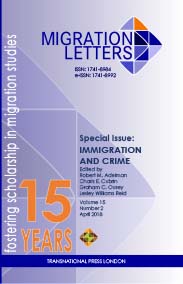
This research describes and explains changes in non-citizen deportations from the United States between 1908 and 1986. Using data from historical immigration yearbooks, we first document and quantify the primary reasons given for removing immigrants from U.S. soil. A key finding is that perceived dispositional defects and threatening behavior (e.g., criminal behavior, mental or physical defects) accounted for a large proportion of deportations in the early 20th century, but these gave way to administrative rationales (e.g., improper documentation) as immigration law and the enforcement bureaucracy expanded. Results of time-series analyses further suggest that the homicide rate is correlated with deportations for administrative reasons and with deportations based on perceived dispositional defects and threatening behavior. Implications and relevance for understanding current immigration debates are discussed.
More...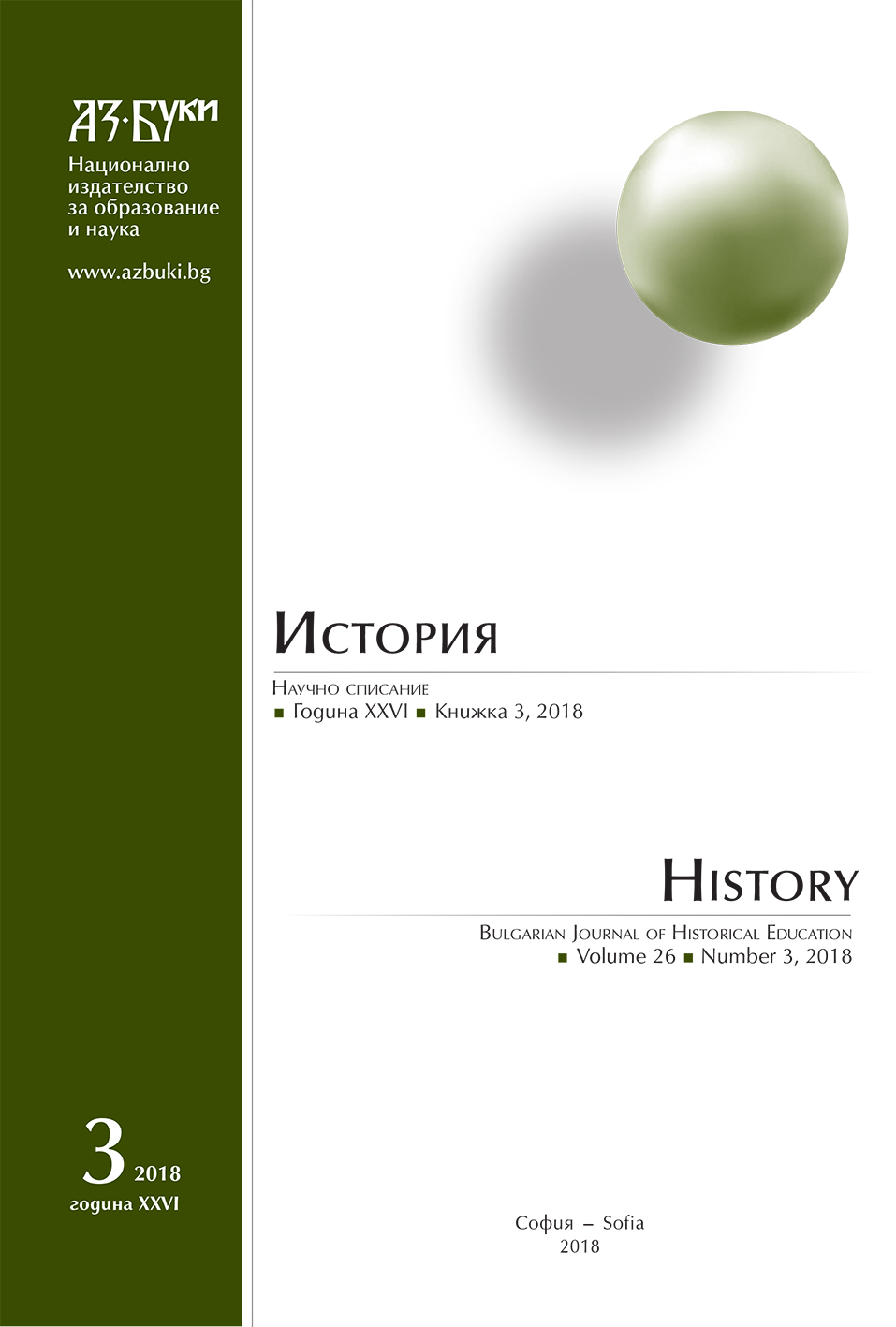

Antoine Meillet was as serious an Indo-Europeanist as there ever was, and yet not everything he wrote is uncontroversial. His take on Balto-Slavic, from Les dialectes indo-européens (1908, 2nd edn. 1922), is one such case – see Szemerényi 1957 – and specifically Meillet’s claim that there is no compelling evidence for a Balto-Slavic subgroup within Indo-European. I explore here just what Meillet meant by “‘dialect’ of Indo-European” in relation to Balto-Slavic, e.g. what gave rise to the 10 (or so) branches (branches as “dialects”) within the Indo-European family, or dialect variation within Proto-Indo-European itself. Further, in the 1922 “avant-prôpos”, Meillet refers to the Indo-European unity as “national” in nature, raising the question of the relevance of Meillet’s sense of the relationship between language and nation (Moret 2013) to the issue of a possible Balto-Slavic unity.
More...
The article, focusing on Russian satirical journals research, dwells upon role of the symbol of the Motherland in discourses of Russian revolutions of 1905 and 1917. The author points out that the symbol was exploited by majority of political forces. The authorities employed it in maintaining legitimacy of power. The author discerns two modes of delegitimation of power with the help of the symbol. The first one implies symbolic struggle for possessing the symbol, for the right to speak on behalf of the Motherland. It is based on the populist (the narodnik) image of the Mother Russia as a victim of the Russian state. The second, that was connected with the Bolshevik and liberal ideologies, implies devaluation and desacralization of the symbol.
More...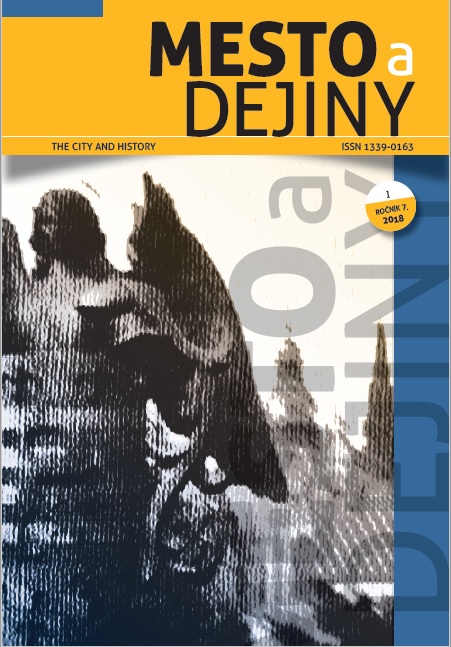
The following study focuses on the development of urban rail transport in the Czech Lands before 1914, specifically regarding electrification and municipalization. The second part of the study looks at the issue of nostrification of a transport company in the aftermath of World War I. Based on a case of a specific company, the study analyses its causes, course and consequences, while placing it in the historical context of the making of so-called greater cities. It examines the economic and political motives that lead to the decision to move the transportation company’s headquarters to Czechoslovakia even before being prompted to do so by the state authorities. It follows the impacts of the war on the running of the company, and the gradual permeating of members of the local authorities into the company’s board of directors. Taking into account the transformation of the Ostrava city agglomeration into a modern metropolis, it analyses the factors that culminated in the local authority of Moravská Ostrava joining the transport company as the majority shareholder, as well as the consequences for the subsequent development of the company.
More...
Mieczysław Haiman – born on 31 March 1888 in Złoczów, died on 15 January 1949 in Chicago. An indefatigable researcher into the history of Poles in the USA. In one person, he was a sailor and traveler, poet, journalist and writer, archivist, the founder and first custodian of the Polish Archives and Museum in America. The writer of over twenty books and countless dissertations and articles on the beginnings of history of Polish immigrants to the United States. All his life he built a bridge between Polish immigrants and other nations in the United States, looking for the oldest traces of Poles in America and emphasizing Poles' large contribution to building their new fatherland.
More...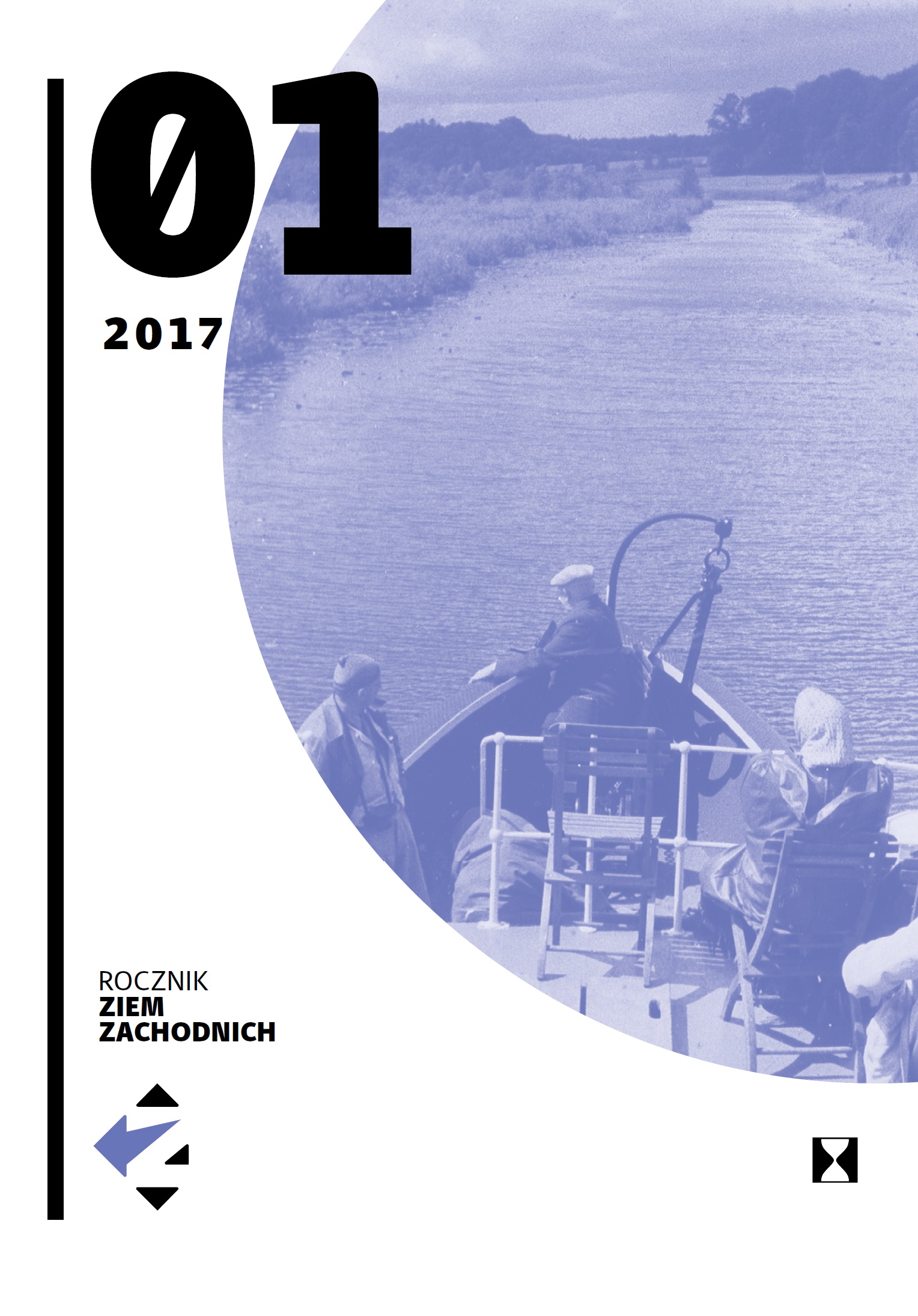
This article presents a description of Jewish places of worship and cemeteries within the boundaries of the current administrative region of Warmia-Masuria. The author focuses not only on cataloguing 49 districts (gmina), of which the majority had their own burial sites and houses of worship or synagogues, but also on the description of the activities of individual districts and on a presentation of the general history of the Jewish presence in old Prussia from the Middle Ages to 1945. The main aim of the article is to describe the current state of repair of cemeteries, places of worship and synagogues, their post-war fates in the reality of Communist Poland and during the period post 1989. The article also describes their role in the consciousness of the residents of Warmia-Masuria.
More...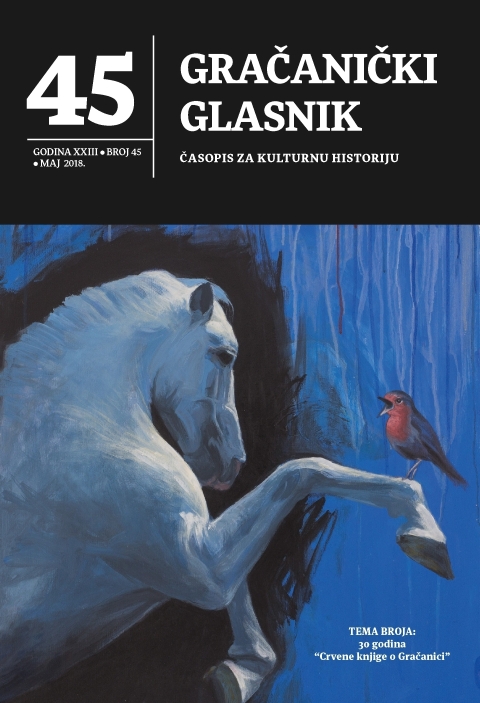
Review of: Jusuf H. Mujkić: "Zavidovići kroz historiju – Društveni procesi na prevazilaženju begovskih odnosa u agraru" Općina Zavidovići, 2017. str. 136 by: Mina Kujović
More...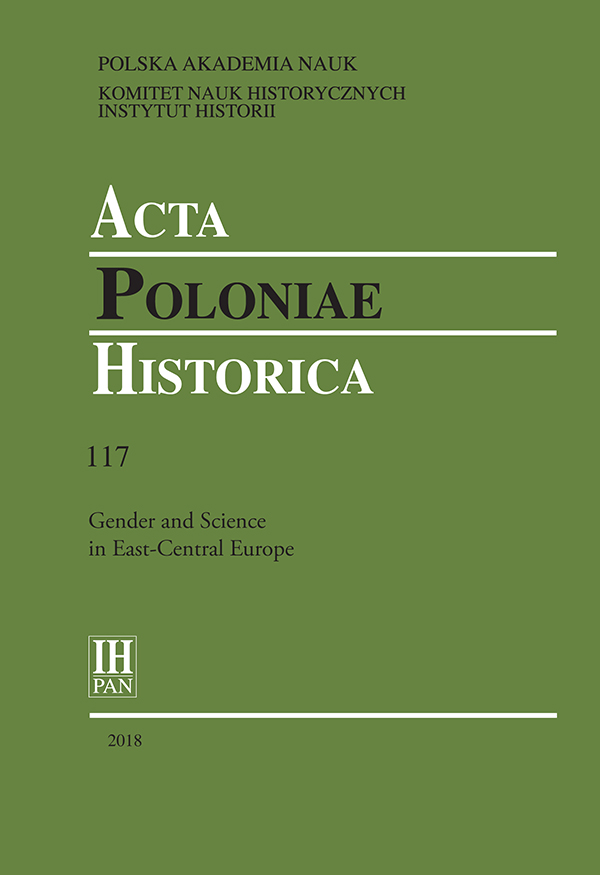
The article deals with Polish academic culture and the gender order prevalent therein in the former half of the twentieth century. The protagonists are a group of women who worked, in the circumstances of their time, on their postdoctoral (habilitation) theses. In my perception, this was the group that initiated the processes of change in the gender relations in the academic environment. The struggle for recognition in the world of science is exemplarily shown on the basis of the professional trajectories of Helena Polaczkówna and Helena Willmann-Grabowska.
More...
This article examines the struggle by women to gain access to higher education opportunities in law and to secure the right to work in the legal profession between the 1880s through the 1940s in Central and East Central Europe. Activists challenged the exclusion of women from universities and the field of law by testing meritocratic and democratic principles or holding to account constitutional commitments to equality. The lawyers’ movement they subsequently created acted as a spearhead for the legal wing of the women’s emancipation movement that sought to reform women’s rights in national legislation and the civil codes. These processes were integral to the negotiation of gender roles in Central European countries from the late-nineteenth to the mid-twentieth centuries. Moreover, the rise of pan-European female lawyers’ associations illustrates the broader significance of these legal struggles. In the history of the women’s rights movements, the right to work in the legal professions and in civil service was also integral to the larger struggle for full citizenship rights.
More...
The first four decades of the twentieth century saw an intense development in the Polish lands of educational sciences and social policy sciences. A role of importance in the development of the underlying theory for these scientific domains and in the pursuit of pioneering empirical studies fell to a group of women who combined their intellectual interests and scientific research with activities in the fields of education and social work. This article seeks to outline their scholarly achievements (until 1939) and point to the specificity of their effort: none of them pursued a ‘classical’ academic career comprehended in terms of getting employed and promoted by a university. Their formative experience consisted in studying abroad and obtaining their doctoral degrees there. Migrations and membership in (or contribution to) international scientific organisations enabled them to deepen their knowledge and present their theories in the international forum whilst also making them acquainted with the academic models functioning in West European countries in the context of female participation. The personal histories of Polish female scholars researching into education and social history show the ‘typical’ experience of reluctance and arbitrariness of the academic circles, male-dominated as they were at that time when gender weighed high on career-seeking in science. This implied search for strategies and areas of activity which enabled to participate in the world of science. Pursuance of research, in selected areas, and publication of scholarly texts was enabled through the cooperation with organisations which welcomed female experts such as those employed (for example) with ministries; the Polish Society for Social Policy was one such organisation. In spite of multiple hindrances and restrictions, those female scholars who got employed on a full-time basis with academies which were ‘alternative’ to the traditional universities – the Institute of Special Pedagogy, the State Institute of Teachers, and primarily, the Free Polish University – enjoyed the most favourable conditions of work.
More...